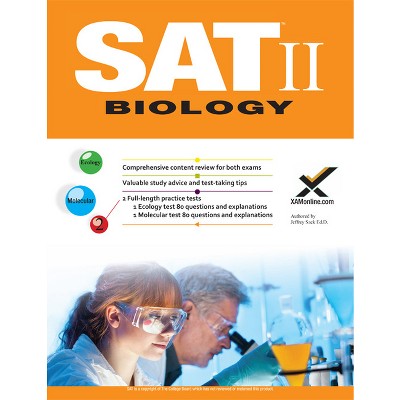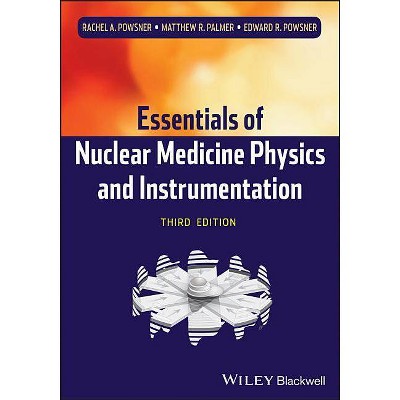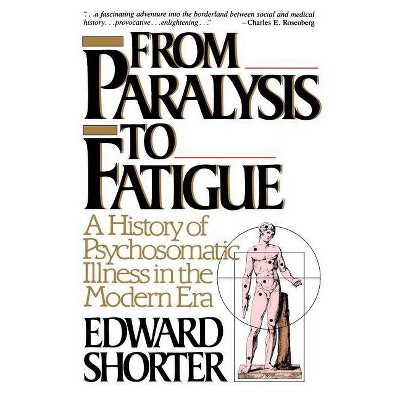Sponsored

Pet/CT - by Ronald B Workman & R Edward Coleman (Paperback)
In Stock
Sponsored
About this item
Highlights
- This pocket guide provides concise and coherent discussion on the effective use of PET and PET/CT in patient management for a wide range of clinical conditions.
- Author(s): Ronald B Workman & R Edward Coleman
- 248 Pages
- Medical, Radiology, Radiotherapy & Nuclear Medicine
Description
About the Book
This pocket guide provides concise, coherent, and useful discussion on the effective use of PET and PET/CT in patient management for a wide range of clinical conditions, for clinicians involved in the diagnosis, initial staging, and re-staging of malignancy.
Book Synopsis
This pocket guide provides concise and coherent discussion on the effective use of PET and PET/CT in patient management for a wide range of clinical conditions. Introductory chapters cover the fundamentals of PET imaging, including basic science, patient preparation, and logistical considerations. The main part of the guide examines the role of PET in the management of patients afflicted with malignancies covered by the Centers for Medicare and Medicaid Services (CMS), such as lymphoma, melanoma, and colorectal cancer. Additional chapters discuss the use of PET for pancreatic, ovarian, and cervical cancers, sarcoma, and seminoma. Cardiologic and neurologic applications are outlined as well. The final chapter considers the appropriateness, timing, and limitations of PET in common clinical case scenarios encountered in day-to-day practice. Select images supplement the text. The book is for all clinicians involved in diagnosis, initial staging, and re-staging of malignancy who wish to incorporate PET into clinical practice.
From the Back Cover
This invaluable guide provides fundamental information to all clinicians involved in the diagnosis, initial staging, and re-staging of malignancy who are interested in incorporating PET into clinical practice. It provides concise, coherent, and comprehensive discussion of PET and PET/CT that effectively explains its use in patient management for a wide range of clinical conditions. The portable and easy-to-use format of this book was conceived specifically to suit the reference needs of residents and practicing clinicians. From basic principles, such as patient preparation, imaging interpretation, and reimbursement, to specific applications for oncologic, cardiac, and neurologic disorders, this text contains the information needed to fully utilize this powerful and increasingly popular imaging modality.

















